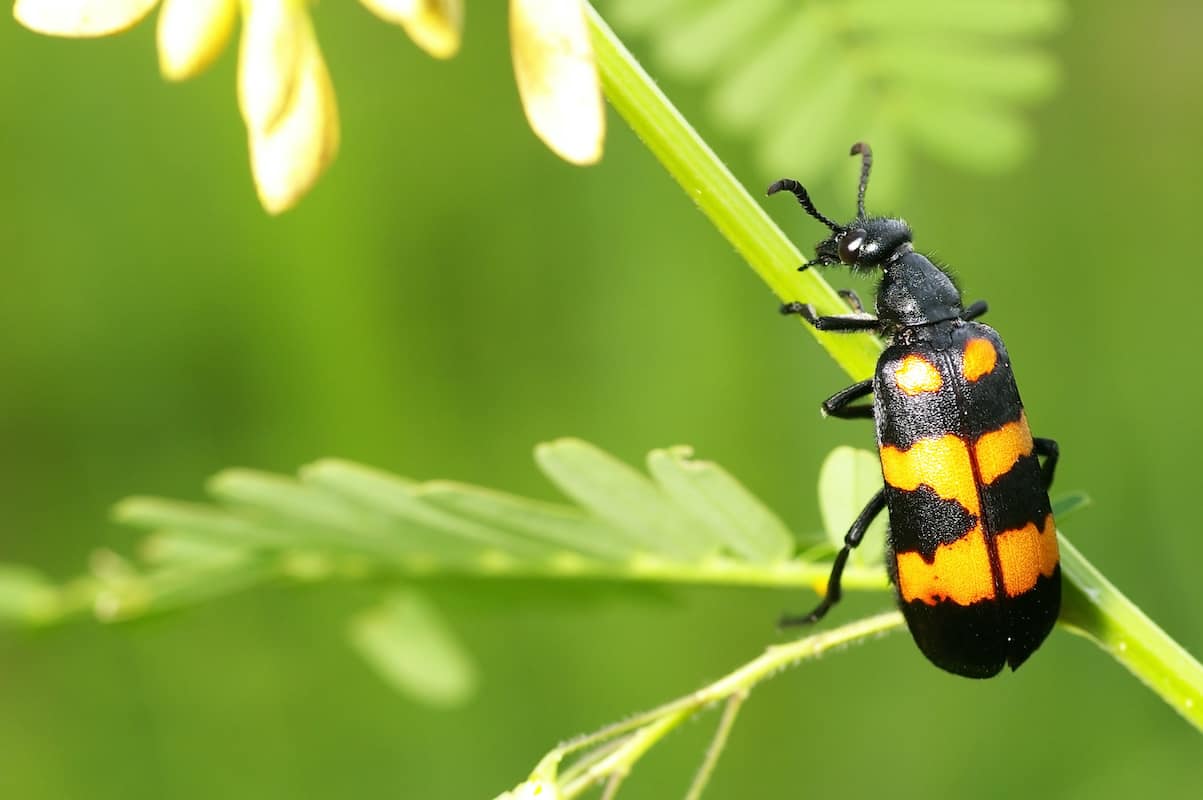Beetle Control: 7 Beetle Control Hacks for a Healthy Garden
Automated Marketing
If ravenous Japanese beetles devour your plants, your beautiful garden can immediately turn bad. What a heartbreaking thought! Both young and mature beetles can cause comprehensive damage to numerous plants and grass lawns.
The adult ones chew on the leaf veins, consume flowers, delight in fruits, and ultimately deteriorate the plant up until they pass away. Most awful of all, big swarms can attack your garden, with women laying eggs that become grubs or infant beetles that harm your lawn roots. If you desire to protect the charm of your garden, take note of these beetle control suggestions.
Use a Protective Floating Row Cover
If you have small plants like roses, strawberries, and the like, utilize a protective drifting row cover from afternoon till late night. This white polyester spun and bonded material can be draped over the plants. Then, pin the fabric to the ground to keep the beetles out. Nevertheless, bear in mind not to utilize this on blooming veggies like squash or pumpkin as they need bees for pollination.
Take Out Painstakingly with Hands
If the beetle population is still very low, you can check your plants and hand-pick them out one by one. To make sure they don't come back, drown the beetles in a soapy water solution. Keep a soapy pail beside you to facilitate the procedure.
Attempt Store-Bought Insecticides
You can try standard insect chemical killers like "acelepryn" with its active component, chlorantraniliprole. Follow the directions for application. This is less harmful to pollinator bees, unlike the other insecticides with permethrin, imidacloprid, malathion, or carbaryl . If you do not want to push away the bees, read the product label and bee-toxicity caution.
Attempt Organic Materials
For maximum insect control, apply this product in the afternoon when the beetles are most active. Again, follow guidelines for application to ensure optimum efficacy.
Time Turf Watering
During the beetle's most active season, prevent frequent watering. In fact, it would be useful not to water when they are in mating season to prevent the beetles from laying their eggs in the grass. Without this moist environment, they will look for refuge somewhere else.
Use a Preventive Chemical for Grub
To prevent mature beetle swarms, you need to nip the issues ahead. Killing the grub when they are young will work as a excellent preventive tool. Discover those with active ingredients like halofenozide, thiamethoxam, or imidacloprid . Granular powders work best, particularly at the end of July, to hinder eggs from hatching. Once again, view out for bee toxicity due to the fact that you do not want these valuable pollinators to pass away.
Require Expert Aid
If you hesitate of damaging your plants and feel unsure about administering chemical applications, call for professional bug control. They can provide the best recommendations on what to do about your garden so you can eliminate the beetles without destructive plants, injuring family pets, or harming the people living in the same space.
Your beautiful garden can immediately turn bad if ravenous Japanese beetles devour your plants. Both young and mature beetles can cause extensive damage to many plants and turf grasses.
If you want to preserve the beauty of your garden, take note of these beetle control tips.
If the beetle population is still very low, you can inspect your plants and hand-pick them out one by one. For maximum pest control, use this item in the afternoon when the beetles are most active.

How to Make Sure Grubs Don't Destroy Your Lawn
What are grubs?
White grubs are the larval stage of beetles and are the most widespread turf grass pests in the United States. In fact, there are a number of different kinds of grubs that can harm your yard. When exposed, a single grub is normally less than 1 inch in length and normally curled into a C-shape. Nevertheless, just 10 grubs in a square foot of turf can permanently damage a healthy yard due to the fact that grubs eat lawn roots. In fact, there might be a number of types of grubs within a single patch of plagued lawn.
According to the U.S. Department of Agriculture, Americans spend $156 million each year changing the yards that grubs ruin. And if you add up the total loss grubs trigger throughout their lifecycle, the USDA approximates a shocking $460 million a year in damage.
Have grubs invaded your yard? Here are some ways to tell if you have grubs in your yard:
* There are irregular brown patches in your lawn that do not go away with watering.
* You can easily bring up infested sections of your yard like a rug.
* There are a large number of birds in your backyard. Birds eat grubs.
* Proof of moles, skunks, or raccoons, which eat grubs, is apparent.
You can resist. Bayer Advanced Yard Season-Long Grub Control, containing the exclusive active component Merit, is shown to kill more grubs - ensured. It works efficiently against all the typical grub types that are found in yards. Just apply and water in to form a protective zone in the soil versus grubs all season long with a single application.
If your lawn is currently under attack by an active grub infestation, Bayer Advanced Yard 24-Hour Grub Control supplies quick relief. Grubs generally stop feeding and start to pass away within 24 hours.
There are a number of various types of grubs that can damage your yard. Just 10 grubs in a square foot of turf can completely damage a healthy lawn due to the fact that grubs feed on turf roots. Bayer Advanced Yard Season-Long Grub Control, containing the proprietary active component Merit, is proven to eliminate more grubs - ensured. If your lawn is currently under attack by an active grub problem, Bayer Advanced Lawn 24-Hour Grub Control supplies fast relief.